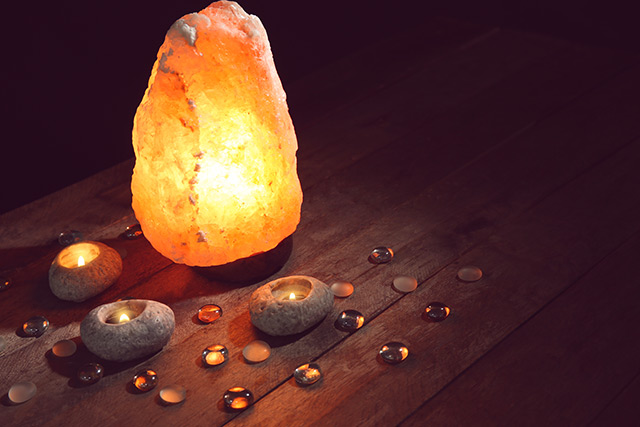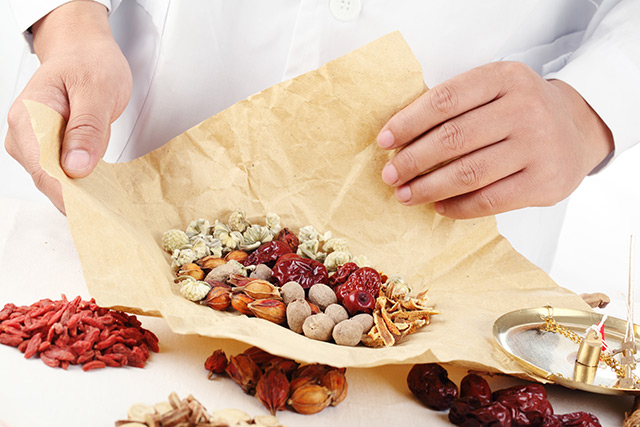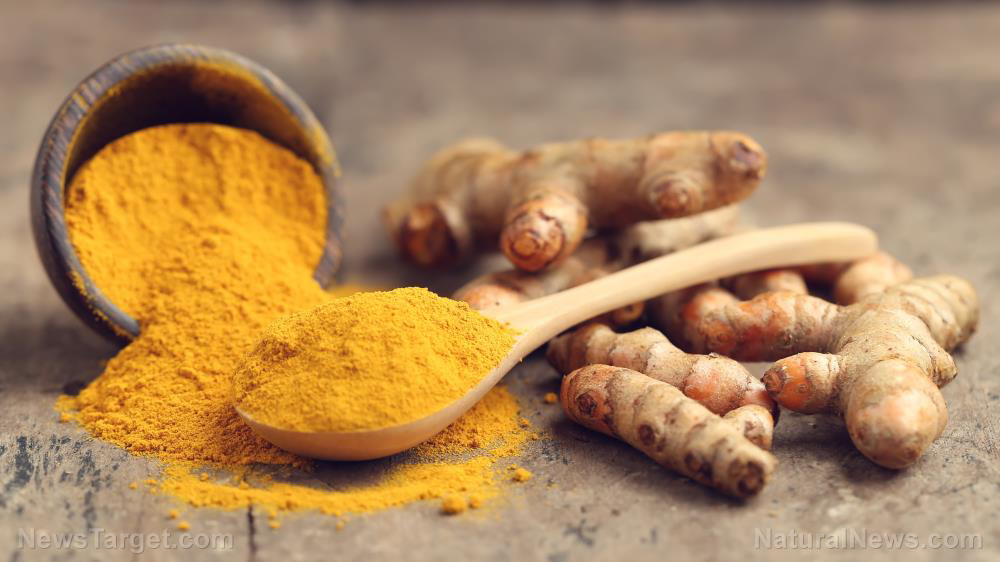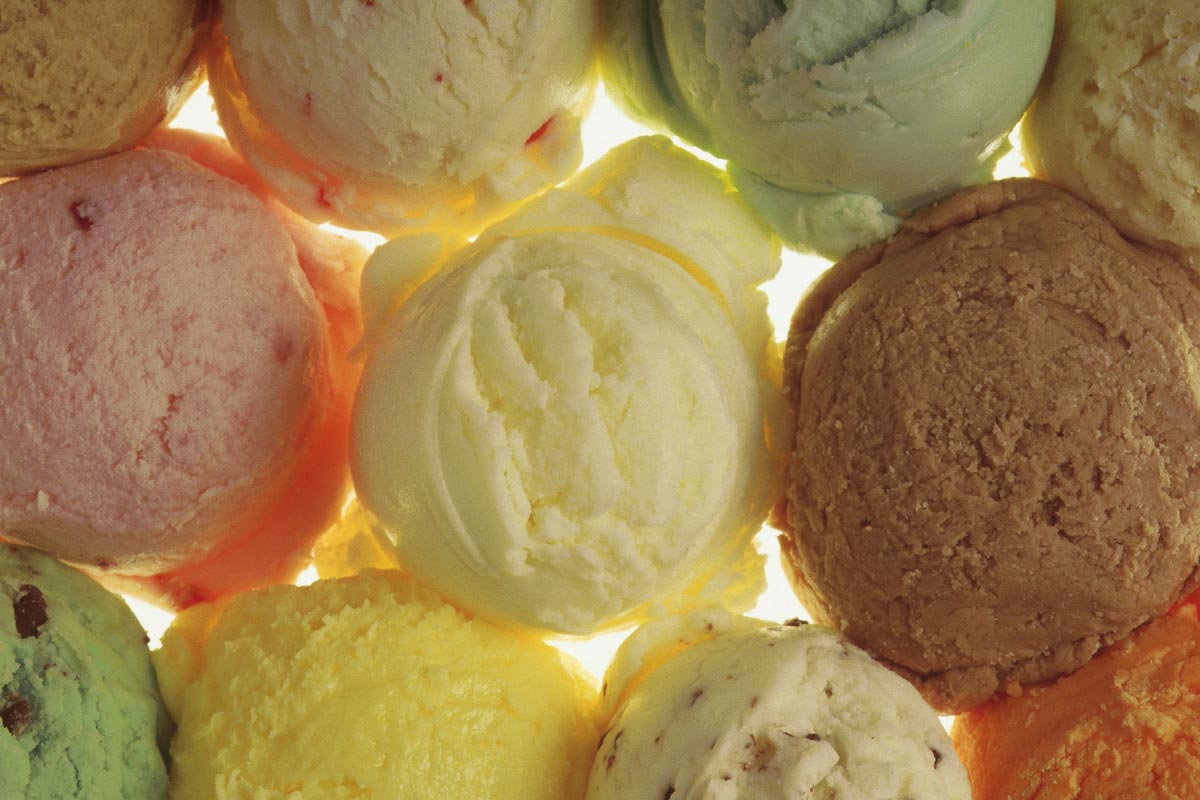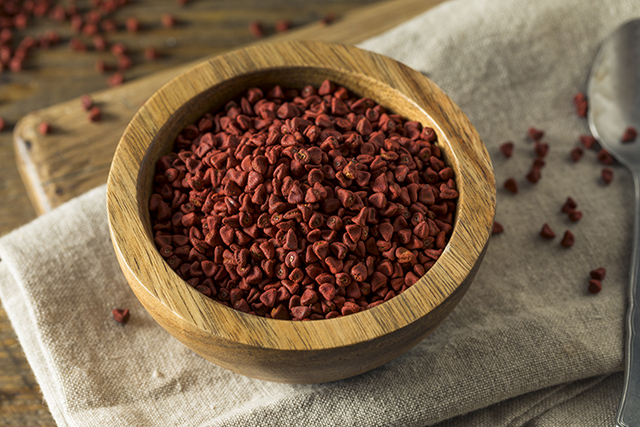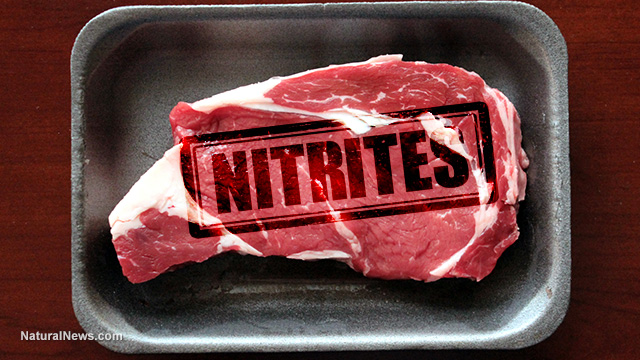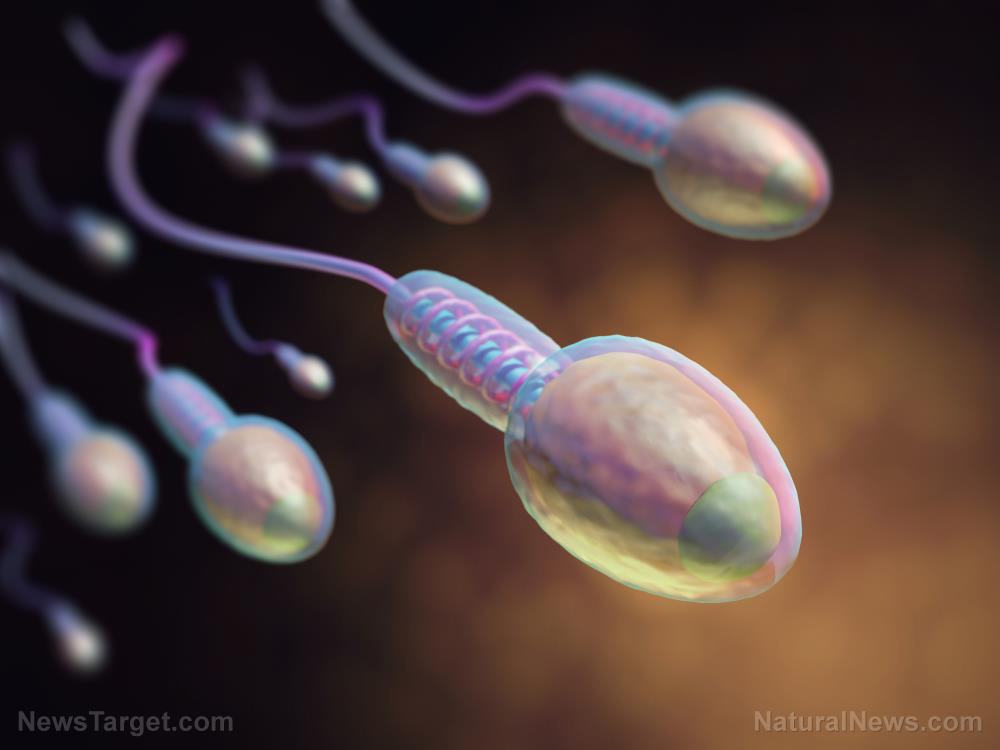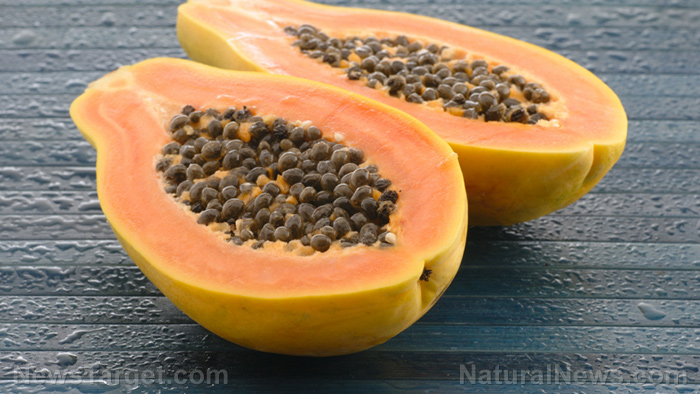Diagnoses of kidney stones up 300% in three decades – is the Western diet to blame?
07/02/2018 / By Jhoanna Robinson

A study that was conducted by the Mayo Clinic assessed the prevalence of kidney stones in over 10,000 Minnesota residents over 30 years. According to the study, the prevalence of stones with symptoms rose by more than 300 percent in women and 100 percent in men between the years 1984 and 2012. The study found that the increase in kidney stones could be because of the rapid expansion of computed tomography (CT) scanning. This medical imaging technology is associated with the same dietary factors influencing increases in heart disease, diabetes, obesity, and colon cancer.
The study observed people who manifested kidney stones for the first time – residents of Olmsted County, Minnesota – focusing specifically on differences between gender and age group.
Kidney stone symptoms include severe pain in the back, abdomen, genitals, and groin that becomes more evident as time passes by; nausea or vomiting; blood in urine; and a burning sensation while urinating. When stones are small, the patient hardly experiences any symptoms at all.
During the course of the study, the number of cases per 100,000 women increased from 51 to 217 over a five-year period. For men, the number of cases rose from 145 to 299 per 100,000 people over a five-year period. The increase in the detection of small symptomatic stones was greater than that of the rates of detection of larger kidney stones. (Related: Kidney stones – natural remedies, prevention, and what really causes them.)
“We are now diagnosing symptomatic kidney stones that previously would have gone undiagnosed because they would not have been detected. Increases in obesity and salt intake have been speculated as contributors to an increase in kidney stones,” Dr. Andrew Rule, a leading researcher in the study, said.
Mother Nature's micronutrient secret: Organic Broccoli Sprout Capsules now available, delivering 280mg of high-density nutrition, including the extraordinary "sulforaphane" and "glucosinolate" nutrients found only in cruciferous healing foods. Every lot laboratory tested. See availability here.
Diets that contain excessive amounts of protein, sodium, and sugar can heighten the risk for some type of kidney stones. This is more true with a high-sodium diet because too much salt in your system elevates the amount of calcium that your kidneys can properly sort out and it significantly increases your risk of calcium oxalate stones.
Excessive intake of animal protein can also contribute to the preponderance of kidney stones, as animal protein contains loads of sulfur-rich amino acids. According to a 2002 study that was published in an issue of the New England Journal of Medicine, a reduced intake of animal protein and salt can cut the risk of having another kidney stone within five years in half.
According to a Load of Acid to Kidney Evaluation (LAKE), the single most acid-producing food is fish. This is followed by pork, then poultry, then cheese (although milk and dairy are much less acidifying), then beef, and then finally, eggs.
Because water dilutes the substances that make the formation of stones possible, being dehydrated can increase the potential of developing masses, specifically uric acid stones. People who reside in warm countries and those who sweat profusely are in more danger of developing kidney stones.
The two most common types of kidney stones are calcium oxalate stones and uric acid stones.
After diagnosis, mild cases can be treated by drinking a lot of water and taking painkillers to pass the stones. More severe cases — those that are causing internal damage — need more complicated methods of removal, such as sending a scope up the urethra and inside the bladder to break up the stones, surgically removing the stones through an incision in the back, and using sound wave vibrations to crush the stones.
For more stories on proper diet and food intake, visit Nutrients.news.
Sources include:
Tagged Under: acid-producing fish, bad diets, Diets, high-sodium diet, kidney health, kidney stones, obesity, salt intake, sulfur-rich amino acids, symptomatic stones, too much salt


